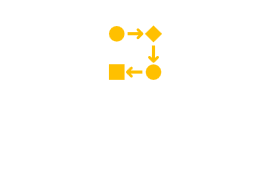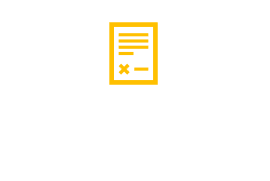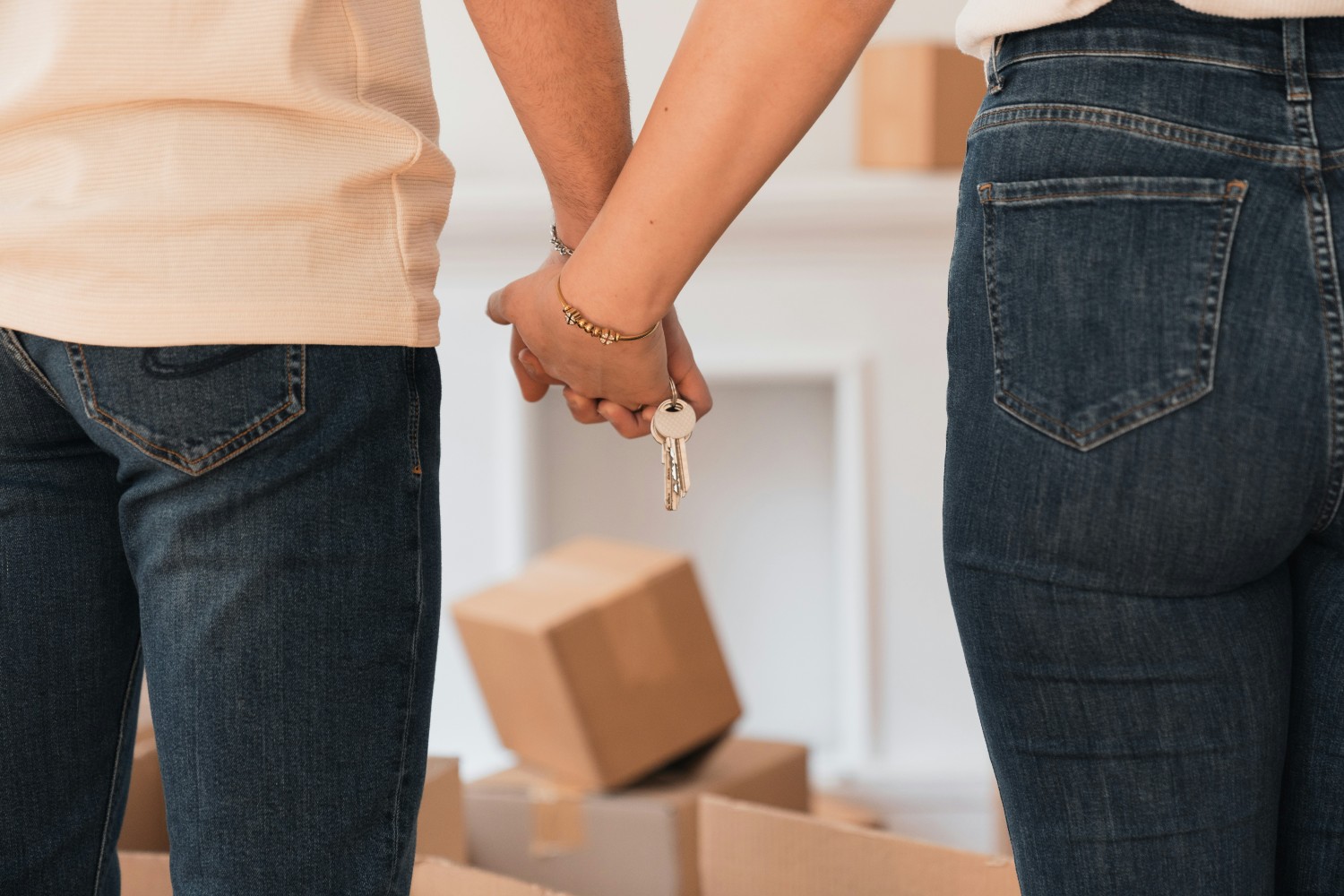Mortgage Articles
Simple Guides to Help You Get Your Mortgage
Buying Your First Home
Simple Step by Step Process
✅ What Is a First-Time Homebuyer?
A first-time homebuyer is anyone who has never owned a home, or who hasn’t owned one in the past 3 years. Even if you’ve owned before, you may still qualify for special programs if it’s been a while.
📌 Step 1: Look at Your Finances
Before anything else, see where you stand with money.
-
Credit Score: The better your score, the better your loan options. A 760+ score gets the best deals, but you can still get a mortgage with a score as low as 500 (especially with government-backed loans).
-
Monthly Debt: Lenders want to know how much of your income goes to bills. Keep your total monthly debt (including mortgage) under 43% of what you earn.
-
Down Payment: You don’t need 20%! Some loans only need 3%. VA and USDA loans don’t need any down payment.
-
Closing Costs & Savings: Buying a home costs extra (usually 2–5% of the home’s price). You’ll also need some cash for moving, furniture, or quick repairs.
🏦 Step 2: Choose the Right Loan
There are different types of home loans:
-
Conventional Loan: Best if you’ve got good credit and some savings.
-
FHA Loan: Good for lower credit scores or smaller down payments.
-
VA Loan: For military families — no down payment needed.
-
USDA Loan: For homes in rural areas — also no down payment.
You’ll also need to decide between:
-
Fixed Rate: Same monthly payment every month. Good if you’re staying long.
-
Adjustable Rate (ARM): Lower payments at first, but they can go up later. Better if you’re moving in a few years.
Most first-time buyers choose a 30-year fixed loan to keep payments low.
💬 Step 3: Talk to a Few Lenders
Don’t go with the first mortgage lender you talk to. Get at least 3 quotes. Interest rates change often, and even a small difference can save you big money over time.
Ask each lender about:
-
Their rate
-
Their fees
-
What the total monthly payment will be
📝 Step 4: Get Preapproved
This is a letter from a lender that says how much they’re willing to loan you. It makes you look serious to sellers.
To get preapproved, you’ll need to show:
-
Pay stubs and bank statements
-
Tax returns
-
Info about your job or business
-
Details on your debts and savings
Make sure it’s a preapproval, not just a prequalification (which is just an estimate).
🧑💼 Step 5: Find a Good Real Estate Agent
Look for someone who knows your local market and works with buyers like you. Ask people you trust or read online reviews.
Ask questions like:
-
How long have you worked in real estate?
-
How many first-time buyers have you helped?
-
Will you keep in touch often?
You don’t have to pick the first person you meet. Shop around.
🏘️ Step 6: Start Looking for Homes
You can use apps like Zillow, but your agent can also send you good listings. Look at:
-
Location: You can change the house, not the neighborhood.
-
Condition: Watch for big repair needs.
-
Value: See a few homes so you know what you’re getting for your money.
✍️ Step 7: Make an Offer
Your agent will help you figure out what to offer based on similar homes nearby.
Your offer should include:
-
A fair price
-
A deadline (usually 1–2 days)
-
“Contingencies” — like backing out if the inspection goes bad or the loan falls through
If the seller says yes — great! If not, you can negotiate or keep looking.
🧾 Step 8: Apply for the Mortgage
Once your offer is accepted, you’ll officially apply for the mortgage. You’ll fill out more forms and send in your financial info again.
Now the lender checks everything in detail to make sure you qualify.
🕵️ Step 9: Get a Home Inspection
Hire a pro to check the house top to bottom — roof, pipes, electricity, foundation, etc.
It costs about $300–$500, and it’s worth it. If there are major problems, you can ask the seller to fix them — or walk away if it’s too much.
🏁 Step 10: Get Insurance and Close the Deal
Before you officially own the house:
-
Get home insurance (lenders require it)
-
Line up movers and utilities
-
Do a final walkthrough to check everything is still good
At the closing, you’ll sign paperwork, pay any final costs, and get the keys to your new home.
🎁 Benefits of Being a First-Time Buyer
You may qualify for:
-
Special loan programs with lower rates or no down payment
-
Help with down payments or closing costs
-
Tax credits that put real money back in your pocket
⚠️ Challenges to Expect
-
You’ll need cash — not just for the home but also for fees, moving, and future repairs.
-
Lenders might ask for a lot of paperwork, especially if your income or credit isn’t straightforward.
-
Owning means new bills: taxes, repairs, insurance — it adds up fast.
🧠 Final Tip
Buying your first home might feel overwhelming — but you don’t have to do it alone. With some smart planning and the right help, you can make it happen.
Need help figuring out your next step? Start by checking your credit and savings — then talk to a lender or agent you trust.
The mortgage rates displayed on this site are collected daily from publicly available sources provided by more than 600 lenders. Mortgage-Rates.ai does not receive compensation for listing these rates, and all rates are presented as published by the respective lenders. While every effort is made to ensure accuracy, the information may contain errors or omissions. Mortgage rates are highly dependent on an individual’s financial circumstances, credit profile, loan terms, and other factors. As such, the rates you are quoted directly by a lender may differ materially from the rates displayed here.
Users should contact lenders directly to obtain formal, binding loan offers. If you identify any discrepancies in the data or would like to have your institution’s rates included, please contact us at content@mortgage-rates.ai
All logos, trademarks, and brand names appearing on this website are the property of their respective owners.







About the author
mortgage-rates.ai